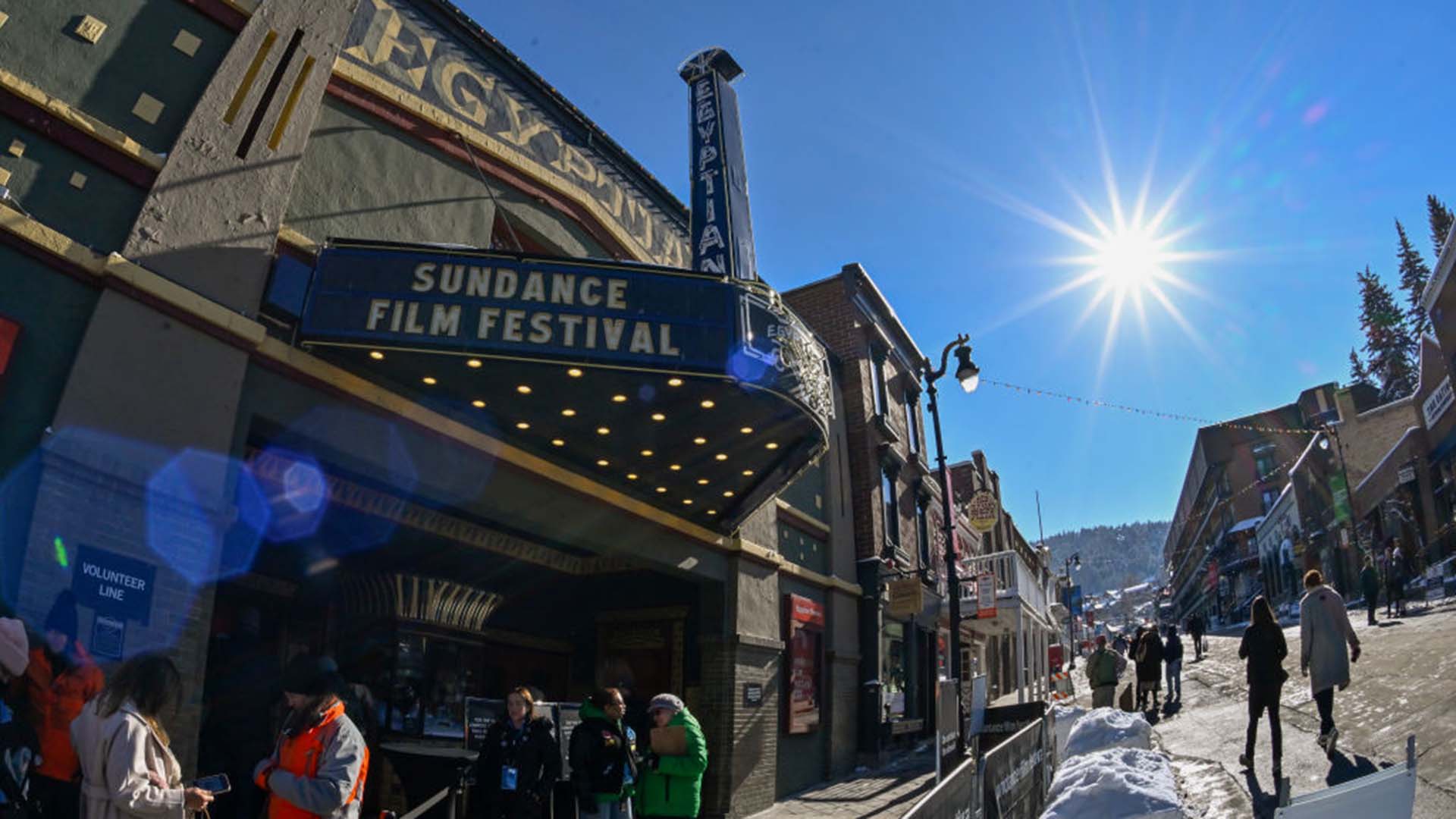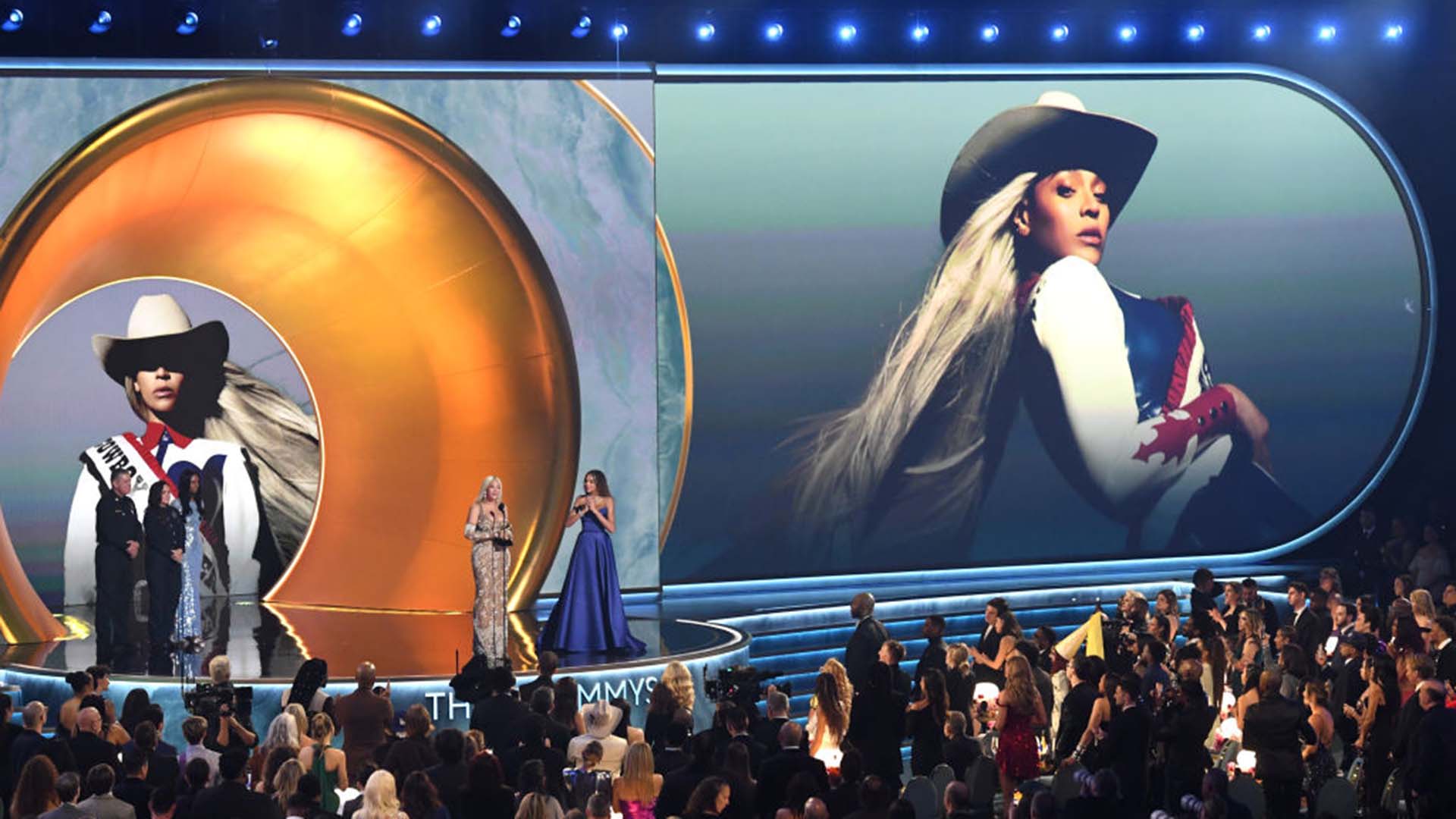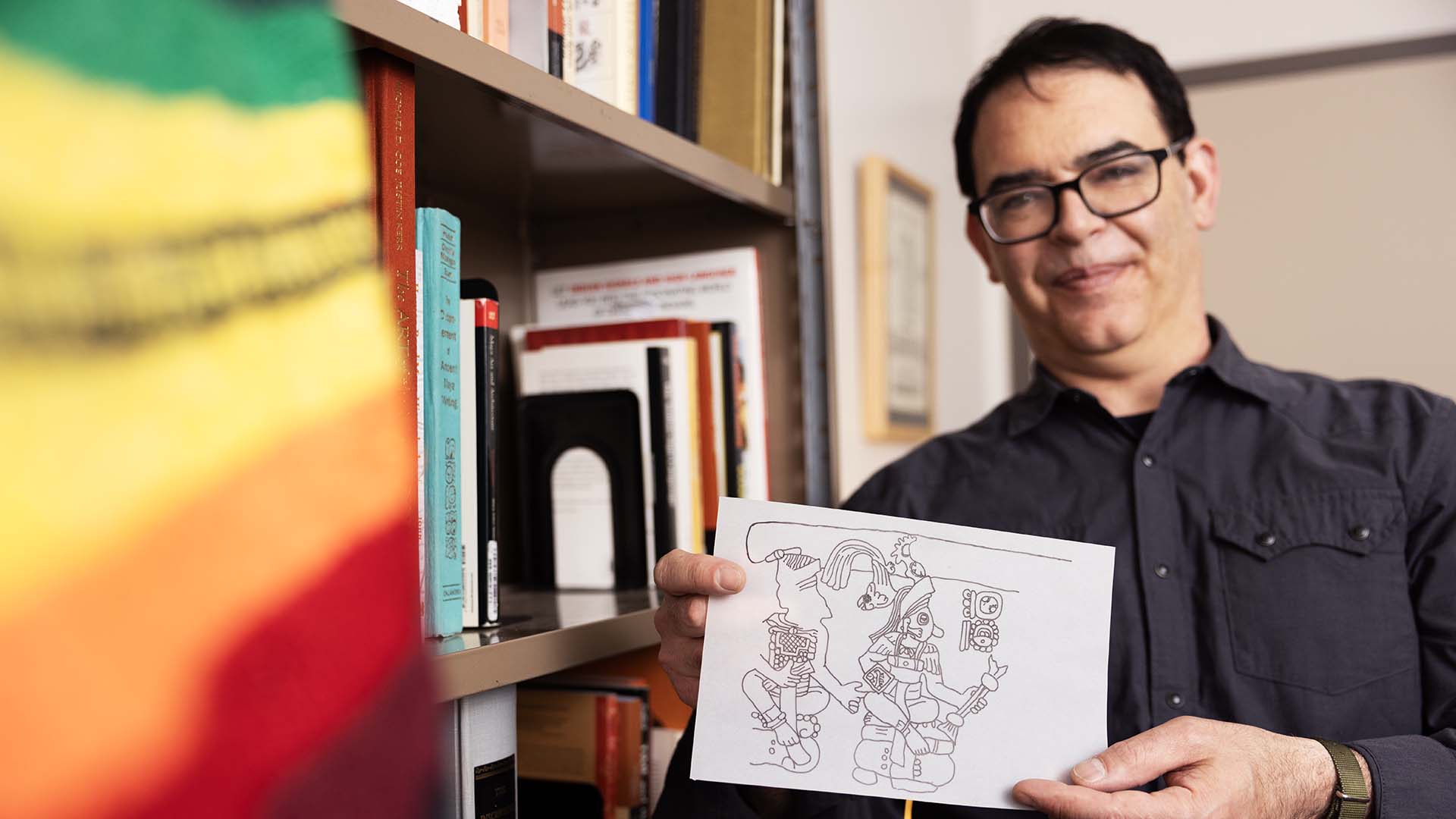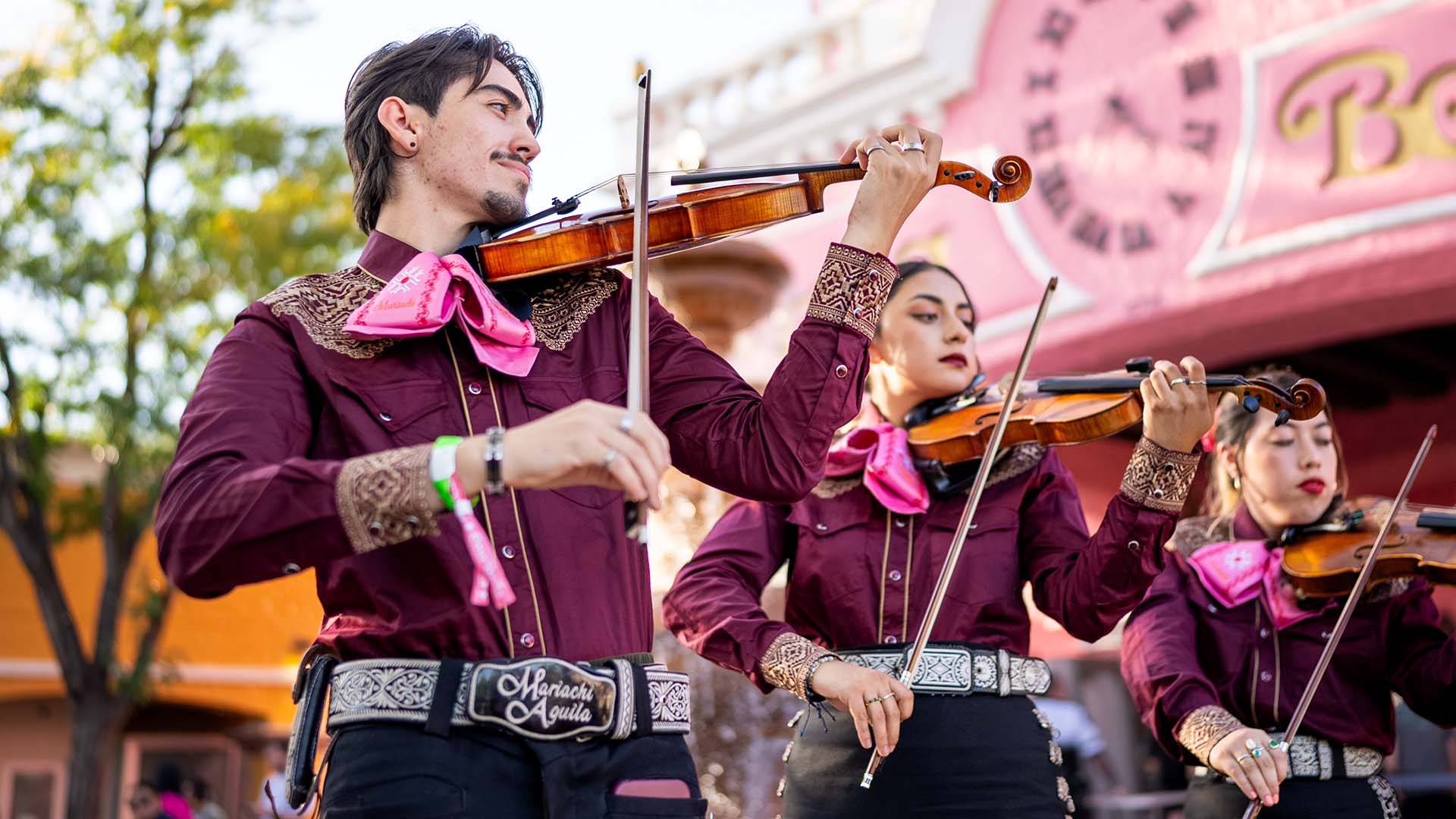Comic Consummate pro
English Professor Christina Angel turns her hobby into a national success story.
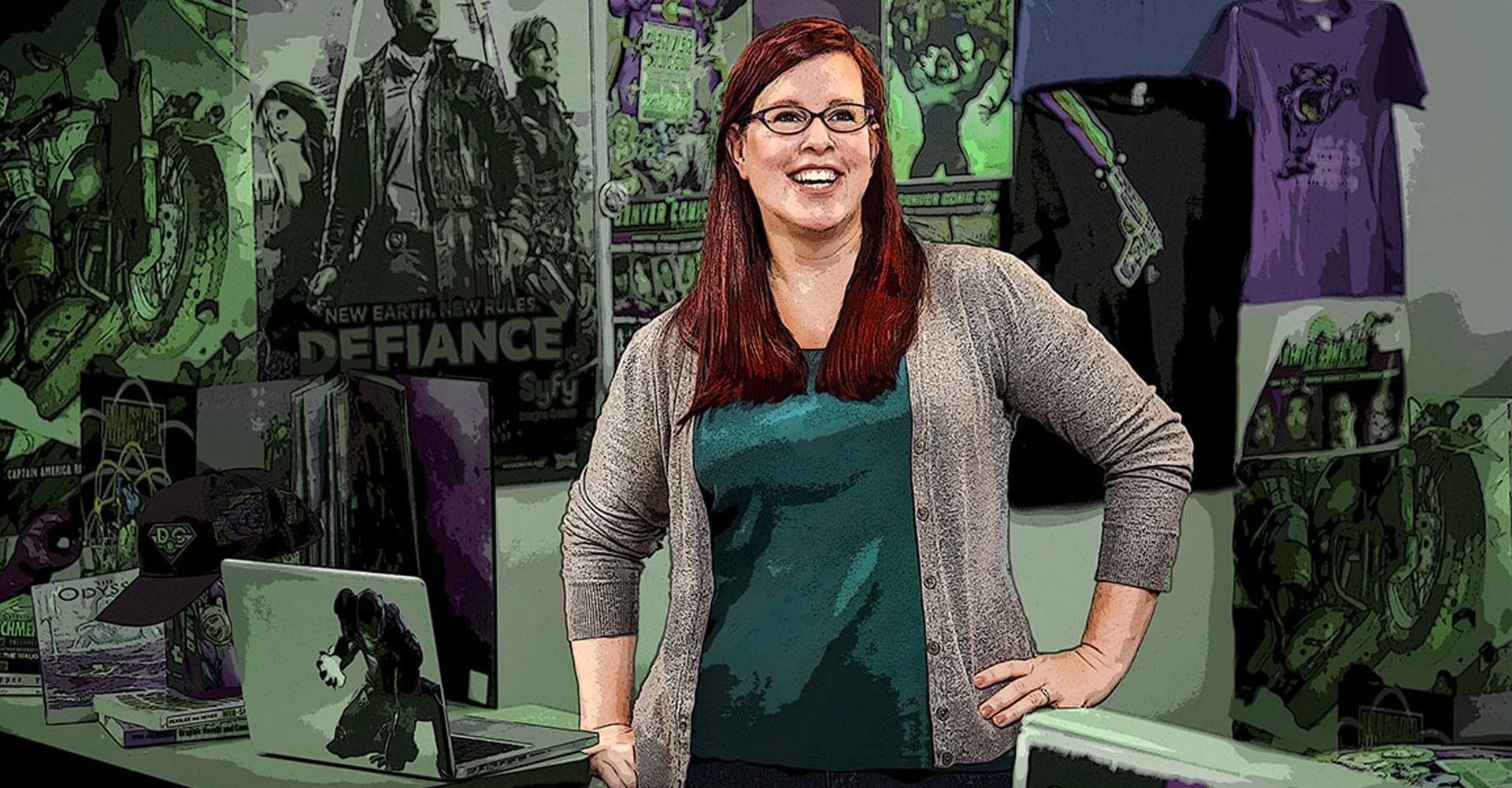
Christina Angel and the concept of “downtime” are not exactly bosom buddies.
Despite her demanding schedule as a University professor and educational activist, Angel also has another small sideline – running the country’s fifth-largest comic fan gathering. We caught up with the director of Denver Comic Con.
You’re an English professor, steeped in serious literature. How did you fall in love with comic books?
While I’ve always been both an avid book reader and a fan of nerdy superhero stuff, I actually came to serious comic fiction late. It was only after reading storytelling masters Alan Moore and Neil Gaiman that I realized there was an entire world of graphic literature I hadn’t known about – and which I could utilize in the classroom. I often tell the story of the first time I taught Jacobean tragedies to undergrads and floundered in getting them to see the works’ dark humor and cultural relevance. Then in an inspired moment, I had them check out the graphic novel “V for Vendetta” before reading “Macbeth” – and it transformed their whole experience of Shakespeare. They loved it.
Denver Comic Con isn’t much like other similar events, is it?
That’s right. Most other comic cons across the country are run for profit, but we are a 501(c)3 Nonprofit Organization dedicated to literacy and education. That means no shareholders and no outrageous salaries. (Around 95 percent of our business is conducted by volunteers.) Another big difference is that Denver Comic Con itself functions in an educational way. Sure, there’s the sexy flash of celebrity appearances and TV stars, but our primary focus during the three event days is helping kids and teens to access inspiring educational opportunities and find their own voices in the world.

How do you manage that?
In lots of ways. The main feature of our show floor is a 10,000-square-foot “Kids’ Lab,” where we provide educational programming and panels, workshops and events. Kids can learn how to be a writer, artist or actor. They get to meet famous guests, pick up drawing tips from renowned cartoonists and a million other things. In sum, we do over 600 hours of curated programming at Denver Comic Con, most of which is educational in some way. There’s also a specific Educator’s Day, Educator of the Year Award and a full literary conference. We even offer formal Continuing Education credits for K-12 teachers. Believe me, it never gets quiet.
That’s a lot of serious educational content for a supposed comic geek extravaganza …
Well, the first thing to understand is that, while Denver Comic Con makes by far the most noise, the event is a program of Pop Culture Classroom, the Colorado nonprofit of which I’m proud to be a co-creator and board member. Our mission is simple: to inspire children’s love of learning and spark their natural creative spirit through pop-culture education. So while most guests mainly just see thousands of people in weird costumes and lots of comic-based craziness, there is a serious point underlining the whole event. Helping kids get a better education drives everything we do.
Does your love of comics and pop culture spill over into your classes at MSU Denver?
Oh, completely. I’d say pop culture bleeds into nearly everything I do in the classroom because it’s such a useful vehicle for helping students to access difficult texts. For example: It’s not easy to sell Chaucer and “Beowulf” in the 21st century. But if you use “The Simpsons” and superhero films as the way into those narratives, that illuminates the texts in new ways that is both fun and theoretically relevant.

The national narrative currently seems more geared toward serious protest and political activism. Doesn’t this make your event seem a little self-indulgent?
I love this question because it directly addresses the implicit bias that broader society has against pop culture – that it is ephemeral and unimportant. But I couldn’t disagree more. Pop culture speaks not just to us but about us. We explore painful subjects via fantasy realms, find political commentary in TV shows and act out our ideal worlds through video games. Pop culture reflects who we are and how we’d like the world to be, and those are important considerations.
So your event plays a useful social role?
Denver Comic Con is a microcosm of the larger pop-culture picture – a place where the things we love bring us together. And while hundreds of people at the event will bond over, say, a shared love of “Doctor Who” or “Star Wars,” it’s deeper than simple shared fandom. There’s a strong ideology around tolerance and acceptance within our subculture. Regardless of race, gender, ethnic origin, who you voted for in the last election (or even whether you prefer Batman or Superman), everyone at our event will give you the time of day, whoever you are. And frankly, that’s more important now than ever.
Is Denver Comic Con helping to put Denver on the cultural map?
Absolutely. People come from all across the country to visit us – and it’s also great for local business. More than 75 percent of the merchants at Denver Comic Con are Coloradan, and we also showcase lots of local artists, so there’s a really positive impact on the local economy.
Fast-forward to mid-June: The event is over, and 120,000 happy guests are going home. What single thought is running through your mind that leaves you ready to do it all again?
If I’m honest, what goes through my mind then is how I’ll spend the next few days in a post-con coma, watching trashy TV and wearing bunny slippers. Everyone thinks the hardest part of climbing a mountain is reaching the top, but experienced hikers know the way back down is more challenging because you’re already exhausted. And trust me, the show itself is pure downhill-from-the-summit. Trembling muscles, dehydration – it’s all there. I suppose what keeps us coming back is seeing the culmination of a year’s work come to fruition and the sense of accomplishment that brings. But more than anything, it’s feeling that genuine sense of human connection and knowing all our efforts will add up to better educational opportunities for the kids we serve. That makes it all seem worthwhile.

7 graphic novels that will transform how you see “comic books”
Our resident expert explains why graphic novels are a valid literary form – and recommends some of the genre’s finest works.
Christina Angel is not technically a superhero – but she does have a kind of secret identity.
While the English lecturer spends her days teaching classes at Metropolitan State University of Denver, she is also the Director of Denver Comic Con, the country’s fifth-largest gathering for comic fans.
That means if you want an informative guide to the best graphic novels, you couldn’t be in safer hands. So read on as Angel provides a fascinating tour through her top seven recommended reads.
7. “Owly” series (Andy Runton) When you pick up these books, it’s clear that they are primarily aimed at grade-school children, but each one accomplishes far more than they appear to at first blush. Featuring almost no words, they use only a few seemingly simple black-and-white drawings to make big statements about friendship, family, love and loss. Anyone can read them, regardless of literacy level or native spoken language, making them appeal to all ages and creating a beautiful level playing field for readers to connect with each other.
6. “Maus” (Art Spiegelman) Everyone picks this one as a game-changer, and it certainly signaled a change in the comic-book industry. Spiegelman outlines the story of the Holocaust with basic black-and-white drawings, where Jews are represented as mice and Germans as cats. It was the first graphic text to win a Pulitzer Prize, and I almost feel guilty for including it here because its place in literary history seems cemented. But this is a poignant book that everybody should read, and an urgent reminder about the dangers of fascism and history repeating itself. It also shows us the raw power and range of the comic-book form – it is as far removed as you can get from a world of costumed superheroes.
5. “The Walking Dead” (Robert Kirkman) Yeah, this is now a major hit television show (and I have opinions about that), but the original comic series remains a solid example of how powerful the comic medium can be. Few books have garnered my immediate and obsessive attention the way this series did. It dives right into the disorientation of the main character, who has coma-slept through a zombie apocalypse and wakes to a world that has utterly changed. What is most compelling is not the zombies but rather the careful study of human nature and how quickly we can descend into chaos without the social rules that bind us.
4. “The Sandman” series (Neil Gaiman) I am certain that 150 years from now, people will still be talking about these books. For me, this was the first time I felt as though I was reading real “literature” in a comic series. Gaiman is a master storyteller, capable of writing everything from whimsical children’s books to graphic and terrifying comics. But he also understands world mythology, religion and literary greats such as Milton and Shakespeare, all the way back to the ancient world. In “Sandman,” he weaves them all together in surprising and captivating ways while paying casual homage to the DC comics universe that spawned the title character. It’s a brilliant, disturbing work that never leaves me wanting – and I find something new each time I read it.
3. “Watchmen” (Alan Moore) Here’s another book I feel guilty about including because it seems a given that everyone will have read it – and yet I regularly encounter people who have never even heard of it. This book regularly makes “Top 100 Novels of All Time” lists across the world. (And yes: That’s novels, not comics.) Both a fantastic superhero story and a great literary work, “Watchmen” weaves together an intricate tale about deeply flawed superheroes in decline, which challenges the nature of morality itself. Along the way, Moore throws in Boethian philosophy, anarchism, Greco-Roman mythology and a vast knowledge of superhero lore. It’s a rousing ride from the first page to the last.
2. “Asterios Polyp” (David Mazzucchelli) This is like nothing else I’ve ever read, which is really saying something. A loose retelling of Homer’s “The Odyssey,” it explores – in no particular order – the myth of Orpheus, the concept of parallel universes and the complexity of relationships. It also addresses how one comes to terms with midlife crises and one’s own mortality, in a way that echoes “King Lear.” It’s a hero’s journey with a less-than-heroic protagonist, who is as infuriating as he is relatable. And the colors and art style are uniquely unlike what you’d expect from a graphic novel. I love every single thing about this book.
1. “Daytripper” (Fabio Moon and Gabriel Ba) Easily my favorite graphic novel. Brazilian twin brothers Moon and Ba weave a gorgeous narrative and luscious visual tapestry around their protagonist, obituary writer Bras Olivas Domingos. Each chapter focuses on a different period of his life and ends with his unexpected death (which makes complete sense when you read it). As the book unfolds, Bras gradually learns to live his own story, accept his past and ultimately come to terms with the end of his life. Every character here feels absolutely real – and I double-dog dare anyone to finish the book without openly weeping at its beauty, heartbreak and triumph. Part quantum reality and part magical realism, it is all brilliant. “Daytripper” challenges everything you thought was possible in the comic-book form.

